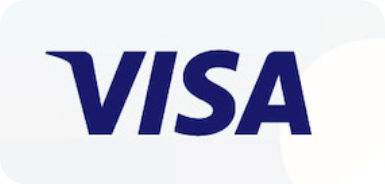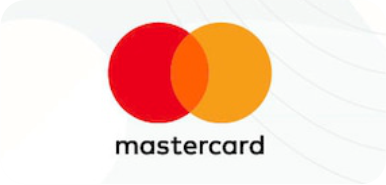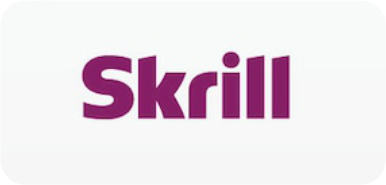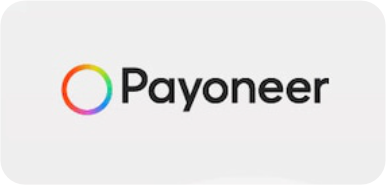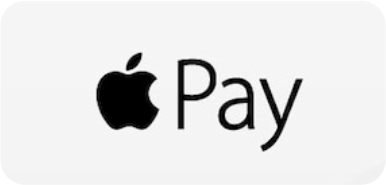The Forex market, also known as the foreign exchange market, is the world’s largest and most liquid financial market, with a daily trading volume exceeding $7 trillion. It is where currencies are traded, enabling global commerce and investment. If you’ve ever wondered what drives currency value, how traders profit, or how the forex market works, you’re in the right place.
In this guide, we will cover everything you need to know about the forex market and how to navigate it effectively.
What Is the Forex Market?
The forex market is a global decentralized marketplace where participants trade currencies. Unlike the stock market, the forex market operates 24 hours a day, five days a week, making it unique compared to other financial markets. Trading occurs in major financial centers like London, New York, Tokyo, and Sydney, ensuring that no matter the time, there’s always someone buying or selling currencies. Its primary purpose is to facilitate currency conversion for international trade, investment, and tourism.
Currencies in the forex market are traded in pairs. For example, when trading the EUR/USD pair, you’re essentially buying the euro while selling the U.S. dollar. The first currency in the pair is the base currency, and the second is the quote currency.
To illustrate, if EUR/USD is quoted at 1.1000, it means 1 euro equals 1.10 U.S. dollars. This constant fluctuation in exchange rates is what creates opportunities for forex traders to profit.
How Does Forex Trading Work?
Forex trading involves predicting whether the value of one currency will rise or fall relative to another. Most traders rely on either technical analysis (studying price charts and indicators) or fundamental analysis (examining economic and geopolitical factors) to make trading decisions. The main trading instruments in this market are currency pairs, such as EUR/USD (euro to US dollar) or GBP/JPY (British pound to Japanese yen).
Market Participants
Traders, banks, financial institutions, governments, and retail investors all participate in forex trading.
Leverage
Forex brokers often offer leverage, allowing you to control a larger position with a smaller investment. For instance, a 1:100 leverage ratio means you can trade $10,000 worth of currency with just $100.
Bid and Ask Prices
The bid price is the amount a buyer is willing to pay for a currency, while the ask price is the amount a seller is asking for. The difference between these two prices is called the spread.
Order Types
Traders use different types of orders, such as market orders (executed immediately at current prices) and limit orders (executed when a specific price level is reached).
Key Features of the Forex Market
The forex market offers several unique features that set it apart from other financial markets:
High Liquidity
With trillions of dollars traded daily, the forex market provides high liquidity, meaning traders can enter and exit positions quickly.
24-Hour Market
The market operates around the clock, starting in the Asia-Pacific region, followed by Europe, and finally North America.
Diverse Instruments
Beyond major currency pairs like EUR/USD and GBP/USD, you can trade minors, exotics, and even emerging market currencies.
Accessibility
With the advent of online trading platforms, anyone with an internet connection can participate in forex trading.
Volatility
The forex market’s price movements can be dramatic, offering opportunities for high returns (and high risks).
Forex Trading Strategies for Beginners and Professionals
Successful forex trading requires a clear strategy tailored to your goals and risk tolerance. Below are some commonly used approaches:
1. Day Trading
Day traders open and close positions within the same trading day, avoiding overnight exposure. This strategy focuses on short-term price movements.
2. Swing Trading
Swing trading involves holding positions for several days or weeks, taking advantage of medium-term trends.
3. Scalping
Scalping focuses on making small profits from numerous trades throughout the day. It requires quick decision-making and a deep understanding of market conditions.
4. Trend Following
This strategy involves identifying the direction of the market trend and entering trades that align with it.
5. Risk Management
Regardless of the strategy, managing risk is crucial. This includes setting stop-loss orders, diversifying your portfolio, and limiting the amount of leverage used.
Benefits of Forex Trading
-
High Profit Potential
The use of leverage amplifies the profit potential for traders.
-
Diverse Strategies
Traders can use strategies like scalping, swing trading, or position trading to suit their goals.
-
Hedging Opportunities
Companies and investors can hedge against currency risks.
Risks of Forex Trading
-
Leverage Risks
While leverage magnifies profits, it also increases losses. Without proper risk management, traders can lose their entire investment.
-
Market Volatility
Price swings can result in substantial gains or losses in a short time.
-
Broker Issues
Not all forex brokers are reliable. It’s crucial to choose a regulated and reputable broker.
Getting Started with Forex Trading
If you’re new to forex trading, follow these steps:
-
Learn the Basics
Understand concepts like currency pairs, pips, lots, and leverage.
-
Choose a Broker
Select a forex broker that’s regulated, offers competitive spreads, and provides an intuitive trading platform.
-
Practice on a Demo Account
Most brokers offer demo accounts, allowing you to practice trading without risking real money.
-
Develop a Trading Plan
Define your goals, risk tolerance, and strategies.
-
Start Small
Begin with a small amount of capital and focus on mastering the process before scaling up.
Conclusion
From this article, I believe you seen the vital role forex plays in the global economy, enabling international trade, investment, and financial stability. For individual traders, it offers great opportunities for profit. However, Forex has risks. That is why for you to succeed in it, you must learn, educate and discipline yourself.
Start by understanding the fundamentals, leveraging tools and resources, and practicing consistently, you can navigate the forex market effectively. Remember, the forex market is not a get-rich-quick scheme, but with time and effort, it can be a lucrative endeavor.
Frequently Asked Questions (FAQs)
-
What is the forex market?
The forex market is a global marketplace for trading currencies. It facilitates international trade, investment, and currency exchange.
-
How does forex trading work?
Forex trading involves buying one currency while selling another. Traders profit from changes in exchange rates.
-
Is forex trading risky?
Yes, forex trading is risky due to factors like leverage and market volatility. Proper risk management is crucial.
-
What are currency pairs?
Currency pairs are the instruments traded in the forex market, consisting of a base currency and a quote currency, such as EUR/USD.
-
How can I start forex trading?
To start, learn the basics, choose a reliable broker, practice on a demo account, and develop a trading plan.
-
What are the trading hours for the forex market?
The forex market operates 24 hours a day, starting in the Asia-Pacific region, followed by Europe and North America.
-
What is leverage in forex trading?
Leverage allows you to control a larger position with a smaller investment. However, it increases both potential profits and losses.
-
Can anyone trade forex?
Yes, anyone with an internet connection and a trading account can participate in forex trading. However, success requires education and practice.


